What is a zama zama? Understanding South Africa's illegal mining
Zama zamas, meaning 'take a chance' in Zulu, are an illegal mining group operating in abandoned mine shafts across South Africa for leftover minerals. A few of the illegal miners have struck gold, but many have perished inside the poorly maintained deep mines, dubbed the 'Dystopian Underworld' by The New Yorker.
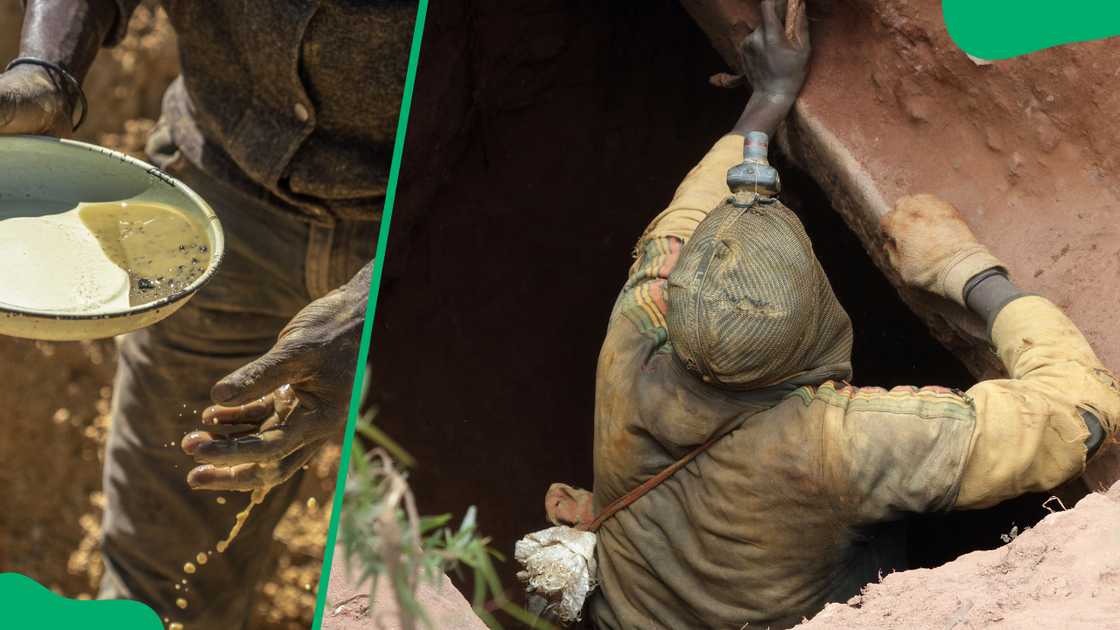
Source: Getty Images
TABLE OF CONTENTS
Key takeaways
- Zama zamas' illegal mining operations are controlled by organized crime groups, who take an entrance fee and some of the minerals they dig out.
- Large-scale mining companies have been reducing operations due to a decline in profits, but their discontinued mines have become lucrative prospects for the rising number of illegal artisanal miners.
- The South African government has intensified the crackdown on illegal mining across the country through the Operation Vala Umgodi initiative that was launched in late 2023.
The rise of zama zama in South Africa
South Africa was once one of the world's largest producers of minerals like gold. The precious mineral was discovered in the country in the 19th century. The former bustling industry has been falling apart since the 1970s due to factors like declining mineral reserves, unsustainable production costs, unreliable power supplies, social and labour strikes, and policy uncertainty.
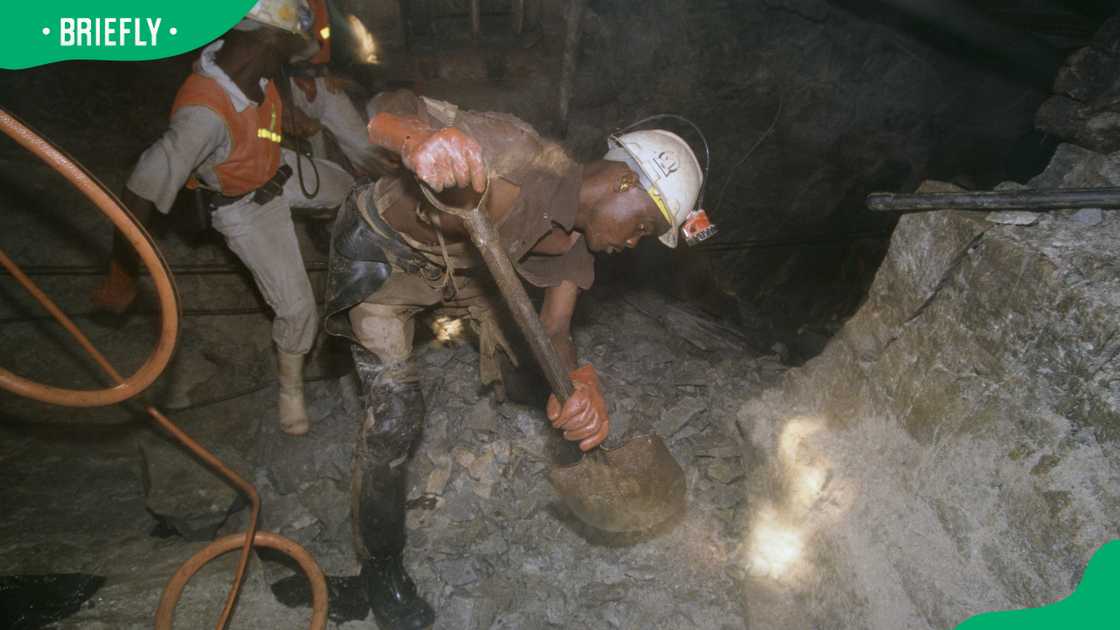
Source: Getty Images
When major gold mining companies like Anglo-American started to reduce their scale of operations, many miners lost their jobs. The companies have also failed to follow proper mine shaft closure procedures.
In areas like Welkom in the Free State province and Stilfontein in Gauteng, they left behind unattended gold mines, which became hotspots for zamas' illegal mining. Researcher David van Wyk told the BBC in 2024 that there are around 6,000 abandoned mines across the country.
The number of illegal miners in South Africa has risen to over 30,000. There are reportedly an estimated 6,000 zama zamas several miles underground at any given time.
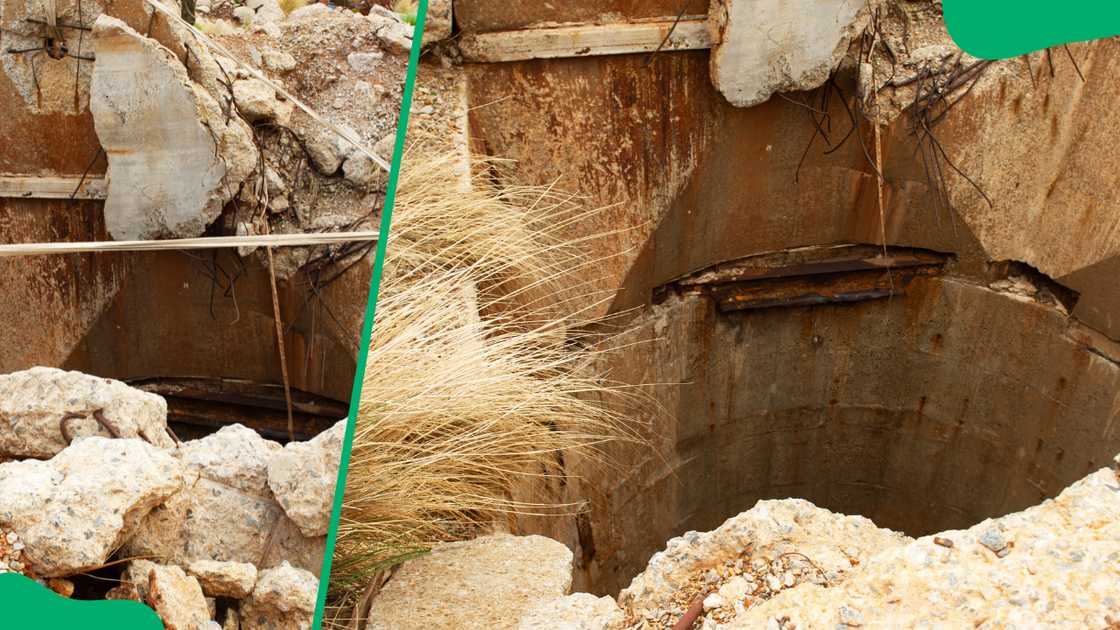
Source: Getty Images
Poverty and high unemployment rates are catalysts for illegal mining
South Africa's unemployment rate is around 30%. Many illicit miners prefer risking their lives down some of the world's deepest mine shafts rather than going into a life of crime or otherwise living in wallowing poverty.
They make tens of thousands of dollars every year which is more than what legally employed miners earn. Illegally mined gold sells for around $55 per gram which is less than the market price. A zama zama called Ndumiso told BBC that he makes between $3,800 to $5,500 every three months.
Zama zamas comprises both locals and foreigners. Undocumented immigrants from neighbouring countries like Zimbabwe, Mozambique, and Lesotho make up over half of illegal miners. Some of them are former legal mine workers who know their way around the shafts.
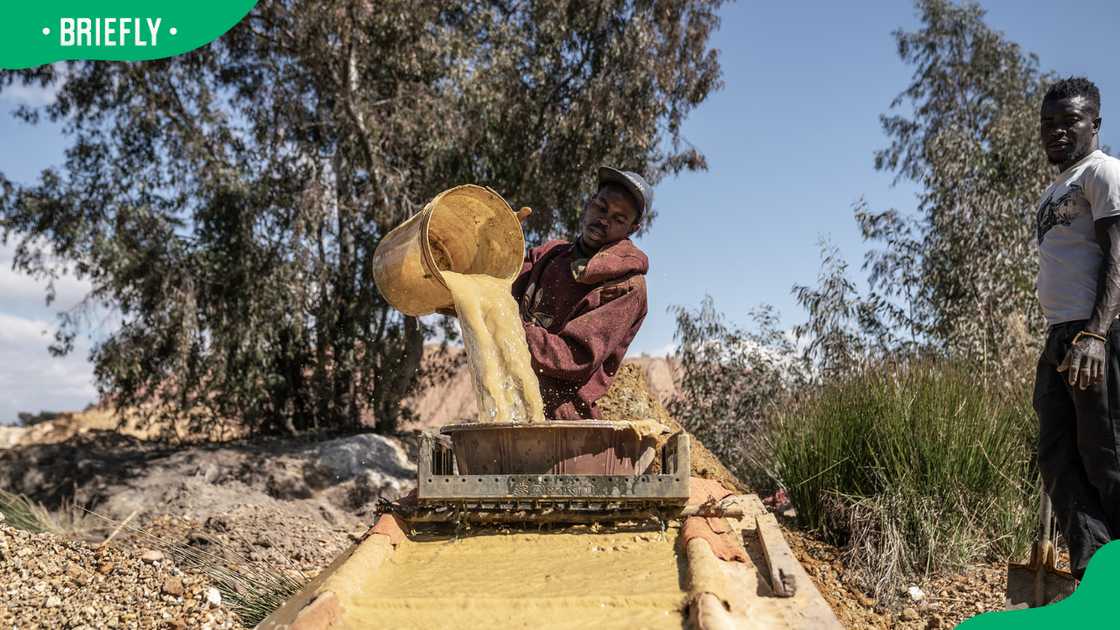
Source: Getty Images
Organized crime syndicates control zama zama mining
Racketeering is a major problem surrounding illegal artisanal mining in South Africa. Many illegal mine shafts, especially for gold, are run by gangs that often fight over territory. They are notorious for carrying out executions both on the surface and inside the mines.
Zama zamas pay a protection fee of around $8 to the armed gangs to be allowed down the mine. When they come up, they give the militia most of their discovered minerals for a certain price.
The gangs sometimes attack police officers and target legal mining businesses that are still active. According to the BBC, some of the zama zamas are kidnapped and work as slaves for organized crime groups.
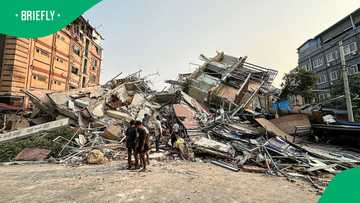
Read also
Military conflict in Myanmar to pause for 2 weeks after horrific earthquake claims 1600 lives
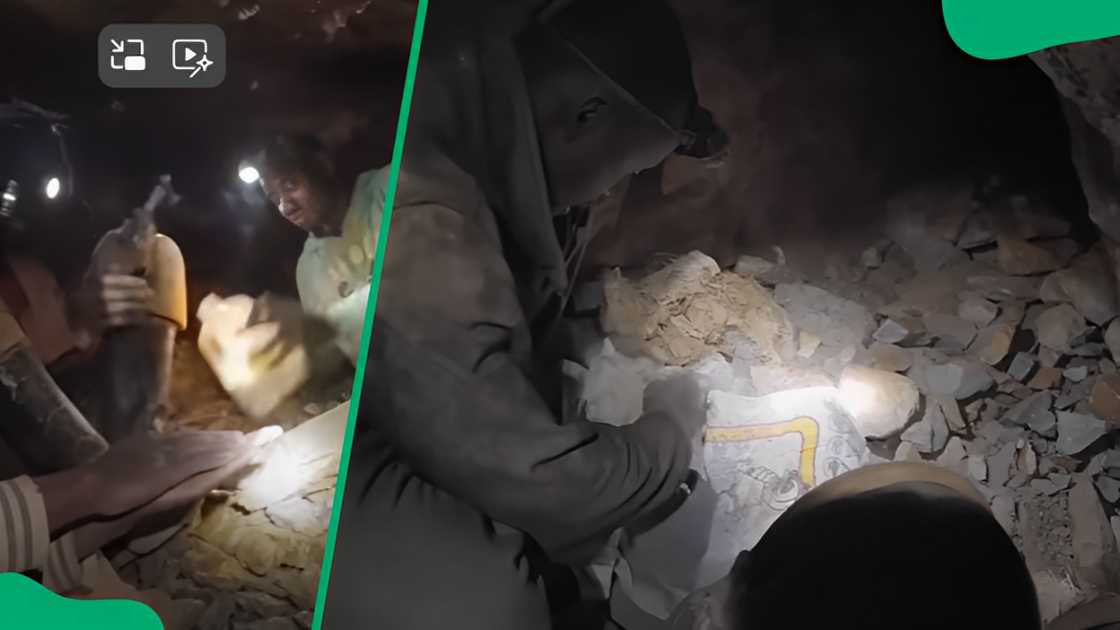
Source: Youtube
Illegal mines have become the zama graveyard
The harsh life underground poses deadly consequences. Many illegal miners spend months below the surface enduring the heat, darkness, dust, high humidity, and poor ventilation.
A doctor told The New Yorker in 2023 that most of the zama zamas they treat are emaciated, have turned grey due to lack of sunshine, and some have tuberculosis due to dust inhalation. At over 2,500 feet below the surface lie hundreds of corpses of men who have fallen, been crushed by large boulders during rockfalls, or been killed by rival gangs.
The activities of the zama zama are also a hazard to surrounding areas and damages infrastructure. Poorly maintained shafts are potential bombs due to the accumulation of harmful gases like methane. A small spark is likely to cause an explosion that could have fatal effects on the surface if gas pipelines are affected.
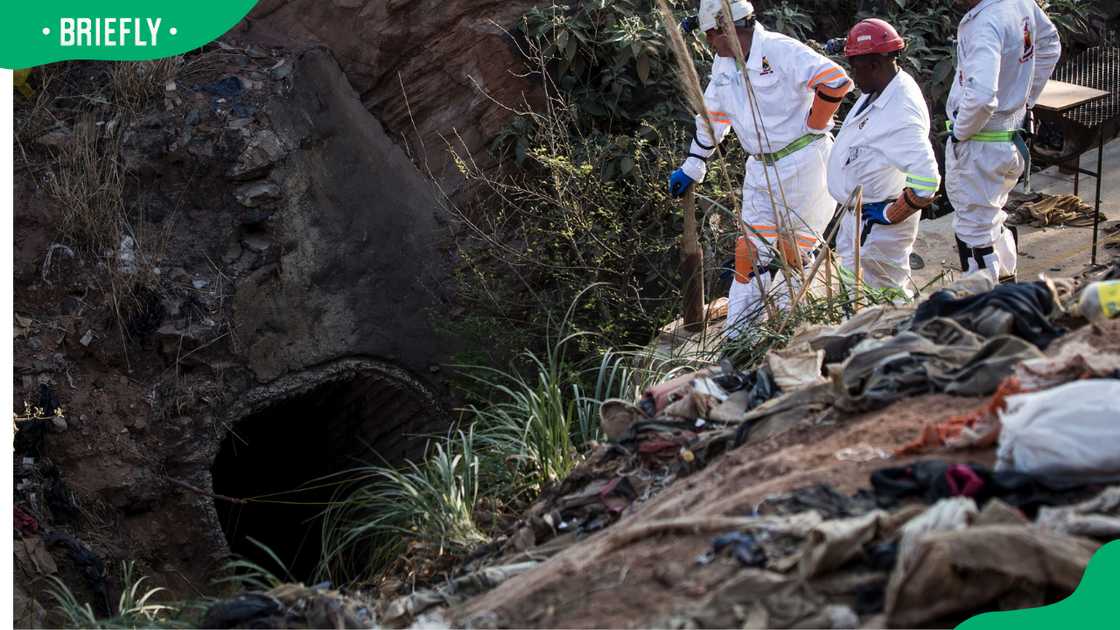
Source: Getty Images
Zama zamas' role in mineral smuggling and laundering
A 2019 ENACT report revealed that illegal mining in South Africa costs the country over R14 billion ($1 billion) annually. Illicit gold makes up around 10% of all gold mined, making the country the leading source of illegal gold in Africa.
Zama zamas are on the lower chain of a large mineral smuggling network. They usually sell to underground dealers, who then sell overseas to countries like the United Arab Emirates. Some of the zama zama-mined gold is laundered into legal supply chains.

Source: Getty Images
The state of zama zama today, as the government crackdown intensifies
In December 2023, the South African police launched Operation Vala Umgodi (plug the hole) to address the illegal mining crisis in the country. National Police Commissioner General Fannie Masemola said in December 2024 that the crackdown will continue until the zama zama network is dismantled.
Since the inception of Operation Vala Umgodi, over 15,000 illegal miners have been arrested—More needs to be done, and we will not stop. This operation aims to save the lives of communities and ultimately dismantle the networks of kingpins behind these illegal activities.
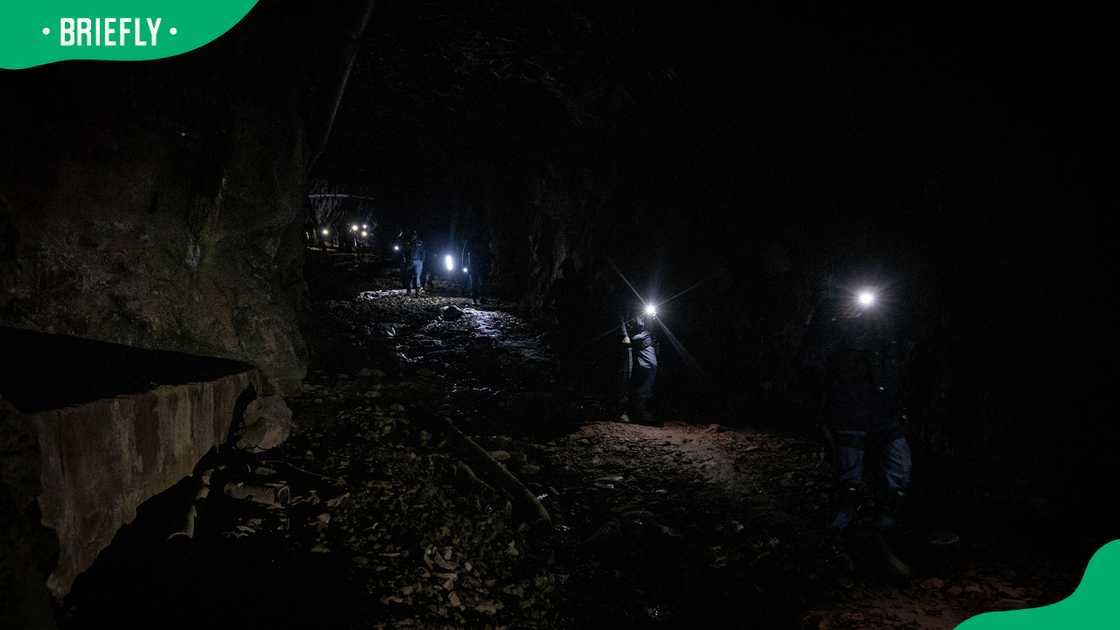
Source: Getty Images
According to government statistics, the authorities had arrested over 18,000 illegal miners and deported 121 illegal migrants by February 2025. They also seized over 458 firearms, 12,000 rounds of ammunition, 586 vehicles, uncut diamonds worth R32 million, and R5 million in cash.
Over 80 bodies of deceased zama zamas have been recovered since the crackdown began. The police had cut off food and water supplies to the South African mines in late 2024 to force them out, a move that was criticized by the SA Federation of Trade Unions as horrific.
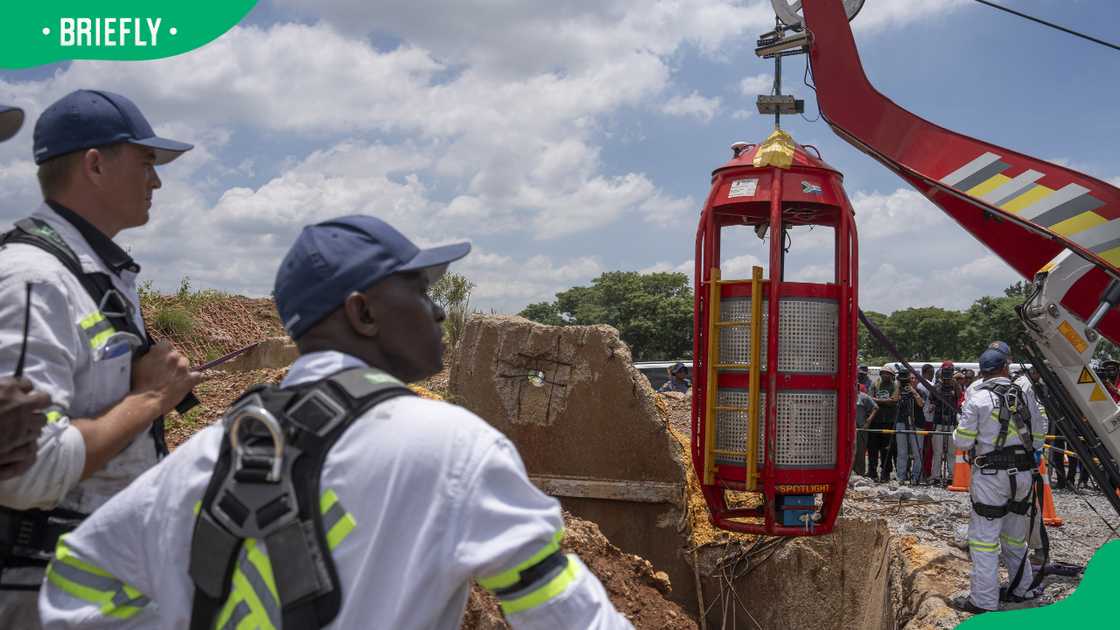
Source: Getty Images
The rise of zama zama in South Africa highlights a broader socio-economic issue. The crisis has been described as a symptom of economic dysfunction as it reflects the miners' desperate attempts to earn a living.
READ ALSO: Complete list of platinum mines in South Africa and major projects
Briefly.co.za highlighted all the platinum mines in South Africa. The country is home to some of the world's largest platinum reserves.
Notable mines include the Mogalakwena Mine, Bathopele Mine, Kroondal Platinum Mine, Two Rivers Platinum Mine, and Impala Platinum Mine. Platinum mining is crucial to Mzansi's economy as it provides employment and contributes to foreign exchange earnings.
Source: Briefly News





